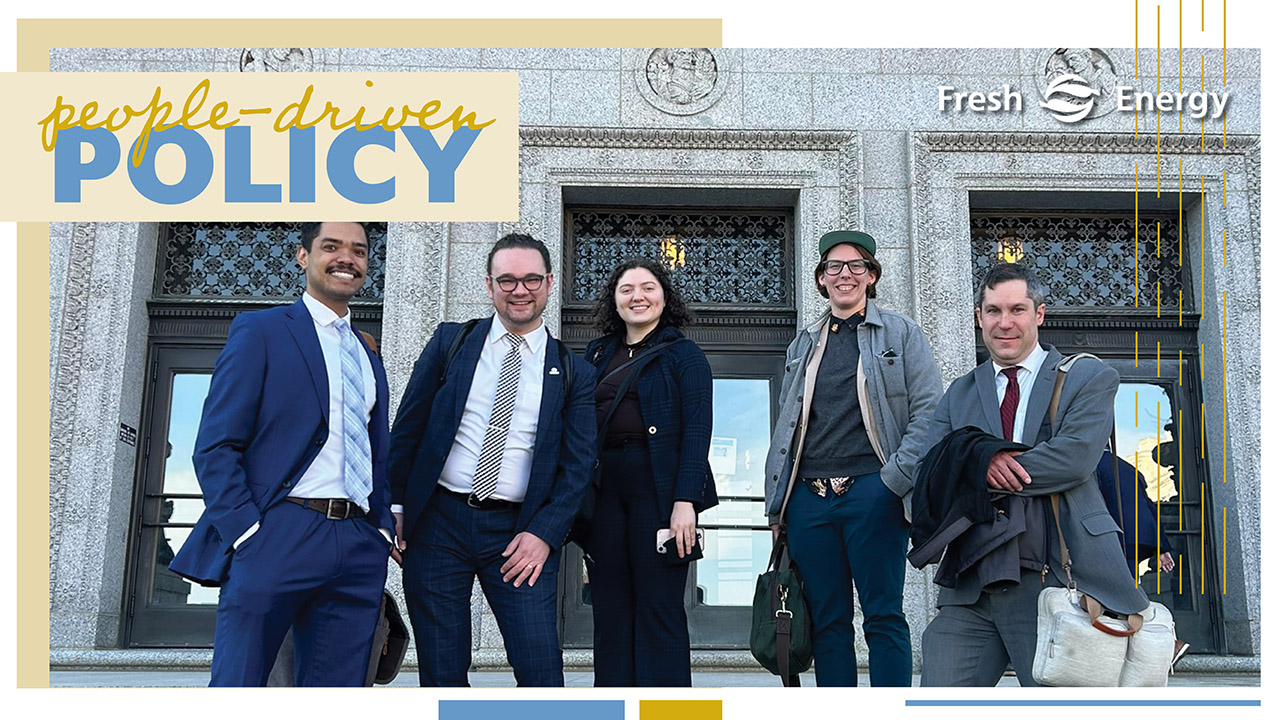This summer, Minnesota became the first state in the nation to adopt a value of solar (VOS) tariff. This methodology, in contrast with net metering for solar generation, has a 25-year bill credit schedule rather than simply mirroring the retail rate as it fluctuates over time.
Net metering gives solar energy producers surety by guaranteeing their per-kilowatt-hour payment for the expected life of the solar panels, but the VOS tariff seeks to quantify a more precise value of distributed solar electricity by summing the relevant components of solar that add value but also the avoided costs of not having to produce and distribute this energy at and from a power plant, including: avoided fuel costs, avoided capital cost of installing new power generation, avoided transmission and distribution expenses, line loss savings, fuel price hedge value.
While using this kind of methodology may be a new idea for solar, factoring in the value of avoided cost has been used to analyze energy efficiency programs for over 40 years.
The so called “California Cost-Benefit Tests” have been used to calculate the cost effectiveness of energy efficiency programs since the 1970s. These tests examine the cost effectiveness of efficiency programs from the viewpoints of the different relevant stakeholders. Like the value of solar, utilities also place a value on avoided costs when calculating the cost effectiveness of their energy efficiency programs. Minnesota administrative Rules 7690.1200, Subp. 1(C) requires that utility conservation improvement plans (CIP) must be cost-effective at the program level “from the utility, ratepayer, participant, and societal perspectives” – meaning the Program Administrator Cost Test/Utility Cost Test (PACT/UCT), the Ratepayer Impact Measure (RIM), the Participant Cost Test (PCT), and the Societal Cost Test (SCT).
In Minnesota, electric utilities can establish their own avoided costs methodologies in order to recognize diversity among electric utility resource situations. This is then approved by the Division of Energy Resources in the Department of Commerce. The Department has generally focused on ensuring that programs are cost-effective from the utility and societal perspectives, as they provide a relatively balanced comparison of CIP program benefits and costs. Both the societal and utility cost tests include avoided costs as benefits, but the societal test tends to be the primary method for decision making.
These two methods of valuation are decidedly different and are used to do very different things. The value of solar methodology is used to put value on the solar provided to the grid from producers while cost benefits analysis is used to justify conservation programs. But it’s clear that as more segments of the energy system develop into mature markets (electric vehicles, storage, or demand response for instance), it may be tried and true methods of evaluation and analysis that serve as the starting point for the policies that help value new assets on the grid.

